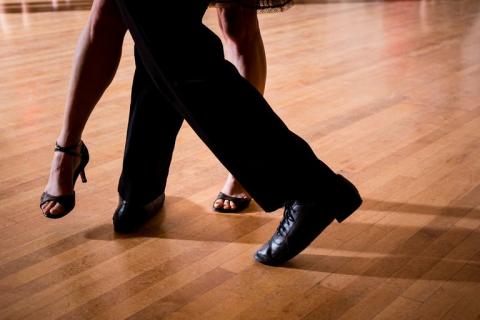You are here
Shall We Dance?
Huapango remains the most famous work of José Pablo Moncayo, the Guadalajara native and a pupil of Aaron Copland. While visiting Alvarado in Veracruz, Moncayo was inspired by the folk music he heard. The melodies and rhythms proved difficult for him to capture, as the musicians never performed the folk dance the same way twice. He still managed to complete the composition, which was met with great acclaim; it served as the foundation of a new movement of Mexican nationalism in music, and is considered by some as the unofficial second national anthem of Mexico.
20th century Argentinian composer Alberto Ginastera also strove to incorporate the native music of his country into his works. Estancia was originally commissioned in 1941 as a ballet based on Argentine country life, but the ballet company disbanded, which prevented its performance until 1952. A suite of four dances from the score was premiered in Buenos Aires in 1943, and Danza final (Malambo), the thrilling final movement based on the dance of the Argentine gauchos, remains one of Ginastera’s most popular works.
Ginastera’s student, Astor Piazzolla, was also influenced by the music of Argentina, and his reinvention of traditional tango became its own style, now called nuevo tango. Oblivion, composed in 1982, is a departure from the typical tango with its mysterious, sad tone. It has been transcribed for many different instrumental arrangements, and was made famous through the soundtrack of Marco Bellochio's film “Henry IV, the Mad King.” ESO Concertmaster Julie Fisher will bring a lush lyricism to her performance of this melancholy work.
The concert’s conclusion is sure to get you on your feet for a little “Mambo,” from Bernstein’s “Symphonic Dances from West Side Story.” This music features prominently in the dance scene where the modern-day Romeo and Juliet first meet. Originally conceived as a Jew and a Catholic living on Manhattan’s Lower East Side, Bernstein’s star-crossed lovers ended up as a Puerto Rican and a child of European immigrants caught in the middle of a gang war on the West Side. This plot change allowed the composer to incorporate Latin rhythms and syncopations into this dance-driven, jazz-inflected drama, which revolutionized musical theater.

Tango